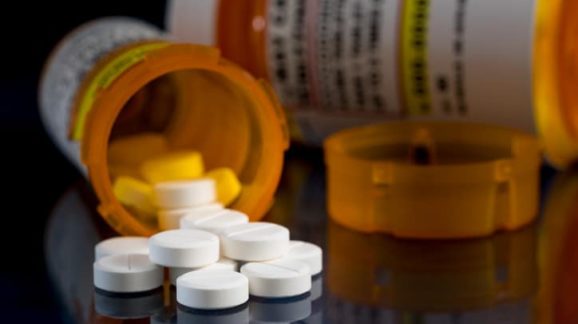Trump’s Drug Price Controls are a Lousy Deal for Patients

Photo Credit: Getty
Prescription drug prices are popular targets for lawmakers—especially in an election year. Still, it came as quite a surprise when President Trump issued an executive order on Sunday imposing price controls on pharmaceuticals purchased through the Medicare Part B and Part D programs.
This administration has done an admirable job recognizing the unintended consequences of over-regulation and touting the benefits of slashing red tape. So, President Trump should know that price controls on prescription drug are likely to backfire. They may produce modestly lower prices for some patients in the short term, but everyone will bear the burden of higher prices and fewer treatment options in the long run.
The new executive order instructs the Center for Medicare and Medicaid Services to limit Medicare Part B and Part D reimbursements to “the lowest price, after adjusting for volume and differences in national gross domestic product, for a pharmaceutical product that the drug manufacturer sells in a member country of the Organization for Economic Co-operation and Development (OECD).”
This so-called “most-favored-nation” price cap effectively adopts the price controls used by countries with socialized health systems. And the executive order acknowledges as much. In it, the president notes that “Other countries’ governments regulate drug prices by negotiating with drug manufacturers to secure bargain prices. … When the Federal Government purchases a drug covered by Medicare—the cost of which is shared by American seniors who take the drug and American taxpayers—it should insist on, at a minimum, the lowest price at which the manufacturer sells that drug to any other developed nation.”
But as Trump himself recognized at a White House meeting in July, the cost of pharmaceutical research and development “is massive, in all fairness to the drug companies. It can take 15 years to get something approved. Billions and billions of dollars for a simple drug.” The high prices charged for some innovative new drugs are a direct result of the huge cost of medical innovation, testing, and navigating the Food and Drug Administration’s (FDA) complex approval process.
Only about 10 percent of the drugs that enter clinical trials are ultimately approved by the FDA. And many of those that are approved are never profitable. A 2018 Congressional Budget Office study concluded that drug companies need to make a profit margin of 62.2 percent on their successful drugs just to average a 4.8 percent rate of return on their entire portfolios. So, imposing pharmaceutical price controls will inevitably lead to less medical research and development and, as a result, fewer new drugs reaching patients in the future. Ironically, President Trump’s own Council of Economic Advisors warned in a recent report that artificially lowering drug prices in the United States would “make[] better health costlier in the future by curtailing innovation.”
Price controls are never a good idea, but 2020 is arguably the worst possible time to adopt measures that are known to reduce medical innovation. In the middle of global pandemic, when the availability of breakthrough drugs and vaccines may literally mean life or death for millions of Americans, under-cutting medical research and development would be disastrous. In short, the Trump administration is trading the future of biomedical research and the promise of scores of new medicines and therapeutics to gain the possibility of slightly lower prices. That will not only mean fewer new treatments for COVID, but also fewer medicines for cancer, heart disease, and scores of other deadly and debilitating diseases. The executive order and its price controls are a lousy deal for American patients.